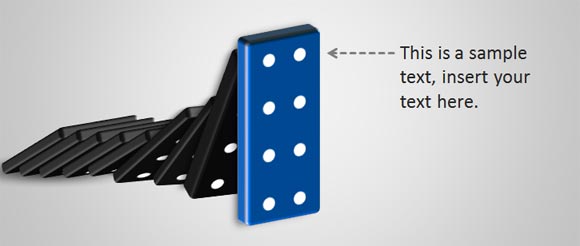

This paradox is the result of the “carry trade”, a popular currency strategy that partly explains why trade flows are now dwarfed by cross-border capital flows. New Zealand, where the deficit reached 8% of GDP (bigger than America's deficit of 6% of GDP at its peak), saw its currency gain 28% over the same period. For example, despite a current-account surplus of 4.9% of GDP last year, one of the biggest of any developed economy, Japan's trade-weighted exchange rate sank by 13% from the end of 2002 to mid-2007. Yet over several years until mid-2007, their currencies perversely rose relative to those of economies, such as Japan and Switzerland, with big surpluses.

Now, at last, currency markets have started to see sense.īritain, Australia, New Zealand and Iceland all have large current-account deficits (along with many other American-style excesses, such as housing and credit booms). Oddly, however, the currencies of many other countries with large deficits had enjoyed big gains until recently. America has the world's biggest current-account deficit and the dollar has dutifully been falling since 2002. This will stimulate their exports and curb imports, thereby helping to slim the trade gaps.

ACCORDING to economic textbooks, the currencies of economies with large current-account deficits should depreciate relative to those of countries with surpluses.


 0 kommentar(er)
0 kommentar(er)
